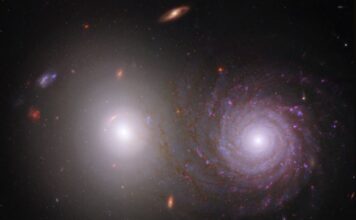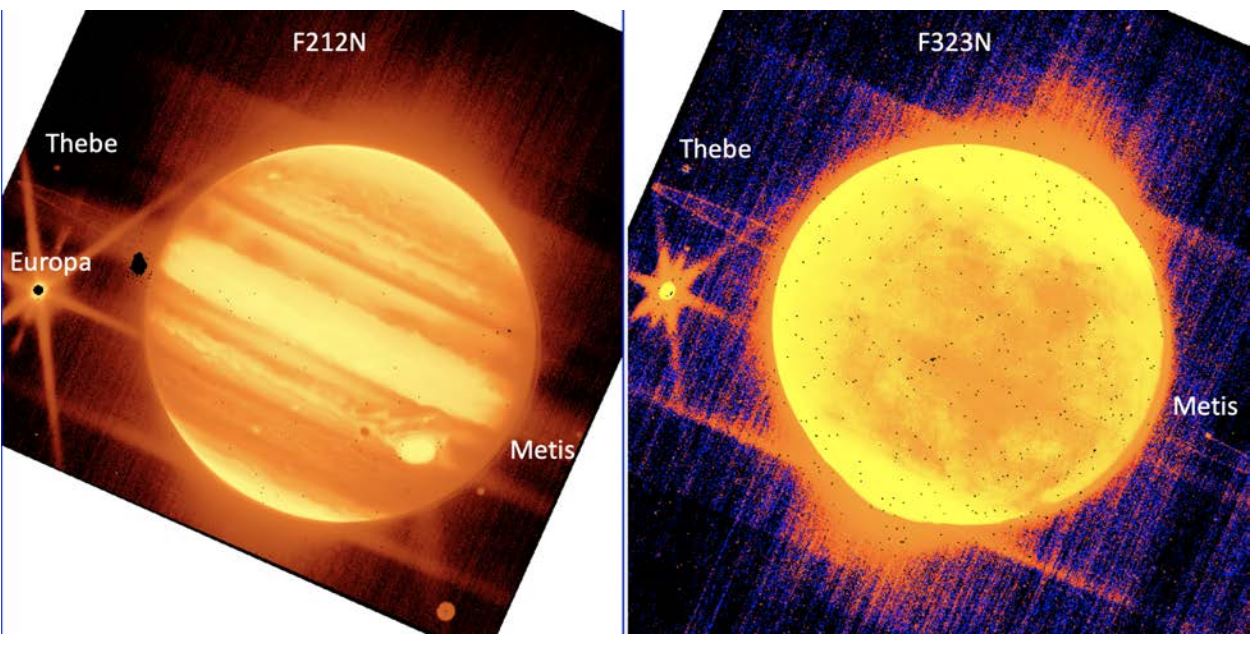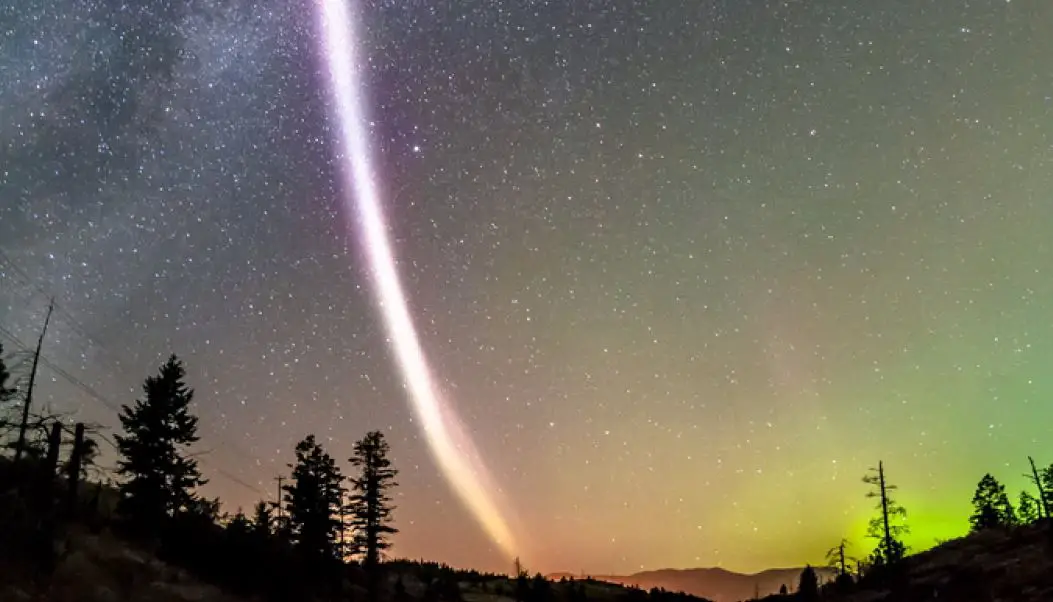This is a seemingly ordinary starry sky photo (see the first picture), but it is a more special celestial body than luminous stars, that is, each white point is an active supermassive black hole.
These black holes are all devouring matter in the centers of galaxies millions of light-years away, which is why the black holes can be pinpointed so precisely.
The image, made public in 2021, contains 25,000 white dots and is the most detailed map of a low-frequency radio-wave black hole to date, an achievement that took years and was compiled by an array of radio-wave telescopes the size of Europe.
Black holes cannot be directly observed with visible light. However, when a black hole absorbs matter from the surrounding dust and gas disk, it will produce electromagnetic radiation. We can detect the radiation in the vast space and find the trace of the black hole.
What makes this map so special is that it covers the ultra-low radio wavelengths detected by the European Low Frequency Array (LOFAR).
The interferometry network consists of about 20,000 radio wave antennas spread over 52 locations in Europe.
LOFAR is currently the only network of radio-wave telescopes capable of high-resolution imaging at frequencies below 100 MHz, providing a unique view of the sky.
This data covers 4% of the northern sky and is the first result of the LOFAR LBA Sky Survey (LoLSS), which aims to image the entire northern sky at ultra-low frequencies.
The ionosphere of the Earth’s atmosphere interferes with ULF radio waves. At frequencies below 5 MHz, the ionosphere is opaque because the signal is reflected back into space.
However, the frequency at which the ionosphere penetrates varies according to atmospheric conditions. To overcome the problem, the team used supercomputer algorithms to correct for ionospheric disturbances every 4 seconds, which is why the ULF sky can be seen so clearly. The findings were published in the Journal of the Astronomy and Astrophysics.




